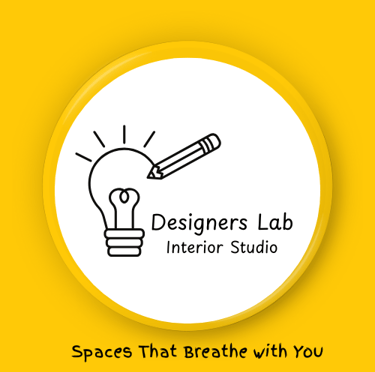Closed Concept Spaces: The Return of Privacy and Purpose in Home Design


Understanding Closed Concept Spaces
The concept of closed spaces in home design refers to architectural layouts that prioritize compartmentalization and distinct, well-defined rooms. These spaces typically separate living areas, such as kitchens, dining rooms, and living rooms, through walls, doors, and hallways. This contrasts sharply with open-plan layouts, which favor fluidity and connection between spaces. Closed concept designs present distinct characteristics that cater to specific lifestyle needs, emphasizing privacy, intimacy, and purpose-driven arrangements.
One of the foremost attributes of closed concept spaces is their ability to create separate environments within a home. This enhances privacy for individuals and families, allowing for quiet moments and personal activities without distractions from other areas. For families with multiple members, closed spaces provide each individual with the opportunity to engage in their pursuits—like studying, working from home, or simply enjoying downtime—without the intrusions often experienced in open layouts.
The appeal of closed concept designs also lies in their historical significance. In the early to mid-20th century, homes featured distinctly partitioned areas, reflecting the cultural values and lifestyle preferences of the time.


The Benefits of Privacy in Home Design
In contemporary home design, the concept of privacy has regained significant attention, particularly through the implementation of closed concept spaces. These environments are not merely aesthetic choices; they hold profound psychological and practical advantages that contribute to mental well-being. Closed concept spaces allow individuals to carve out personal territories, offering a serene refuge from the hustle and bustle of daily life. This distinct separation between areas dedicated to work, relaxation, and interaction can significantly reduce feelings of stress, thus enhancing overall mental health.
Moreover, such environments promote meaningful family interactions. In a world where several family members might be engaged in different activities simultaneously, closed spaces create designated areas for conversation and connection. By providing a setting for undistracted family time, these spaces foster deeper relationships and promote shared experiences. The segregation of duties—whether it's working from home, pursuing hobbies, or spending quality time with loved ones—becomes seamless, reinforcing the importance of privacy in enhancing familial dynamics.
The appeal of closed concept designs also lies in their historical significance. In the early to mid-20th century, homes featured distinctly partitioned areas, reflecting the cultural values and lifestyle preferences of the time. The evolution of home design saw a shift toward open concepts in the late 20th century, driven by the desire for connectivity and informal living. However, in recent years, there has been a growing appreciation for the unique advantages that closed concept layouts offer, leading to their resurgence in contemporary architecture.
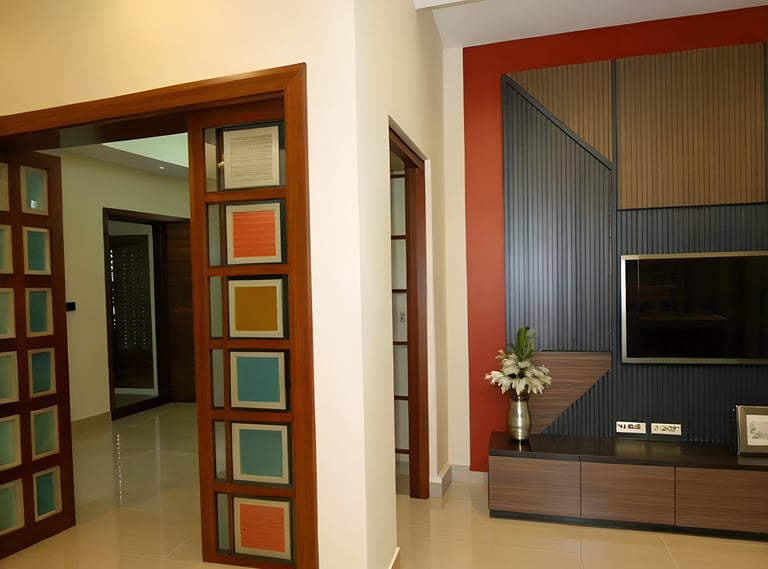

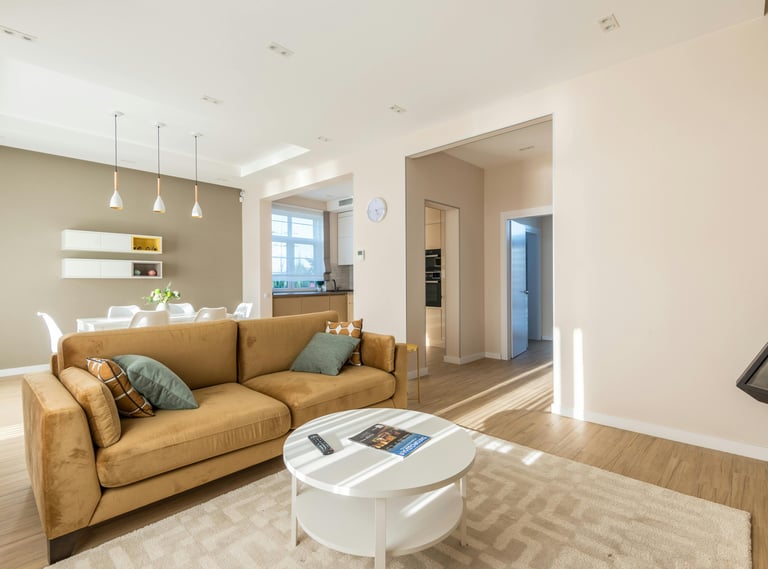

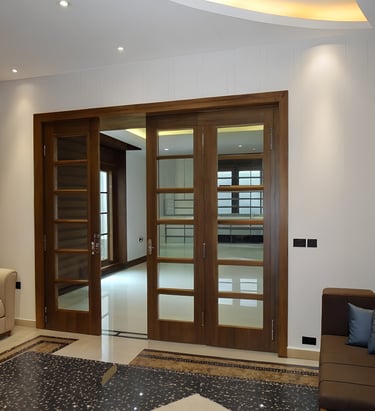

Additionally, privacy allows individuals to establish necessary boundaries for personal activities. In an era where remote work is more prevalent than ever, enclosed spaces can enhance focus and productivity. Without the usual distractions associated with open layouts, individuals can engage more fully in their tasks, leading to improved concentration and efficiency. The distinction between work and home life becomes clearer, which is essential for maintaining a healthy work-life balance. In essence, the integration of closed concept spaces not only meets the practical needs of modern living but also supports the psychological well-being that comes from having a retreat dedicated to personal space and purpose.
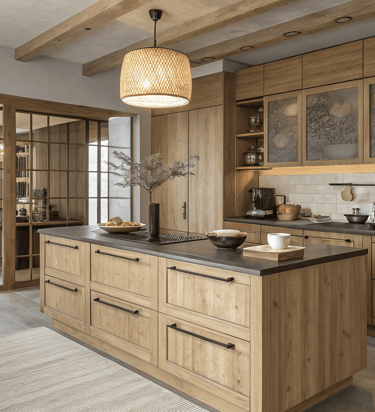

The Future of Home Design: Balancing Open and Closed Concept Spaces
The landscape of home design is undergoing a notable transformation, driven by evolving lifestyle choices and changing family dynamics. Traditionally, open concept spaces have dominated the design narrative, championed for their social connectivity and spacious feel. However, recent trends suggest a resurgence in the appeal of closed concept spaces, as homeowners seek privacy and functionality in their living environments.
One significant factor influencing this shift is the rise of remote work. As more individuals conduct their professional responsibilities from home, the demand for dedicated workspaces has increased. Closed rooms designed for productivity offer a quiet environment that minimizes distractions, allowing for more focused work. This trend paves the way for homeowners to incorporate offices or studios that coexist alongside open areas, ensuring balance in design.
Additionally, privacy allows individuals to establish necessary boundaries for personal activities. In an era where remote work is more prevalent than ever, enclosed spaces can enhance focus and productivity. Without the usual distractions associated with open layouts, individuals can engage more fully in their tasks, leading to improved concentration and efficiency. The distinction between work and home life becomes clearer, which is essential for maintaining a healthy work-life balance. In essence, the integration of closed concept spaces not only meets the practical needs of modern living but also supports the psychological well-being that comes from having a retreat dedicated to personal space and purpose.
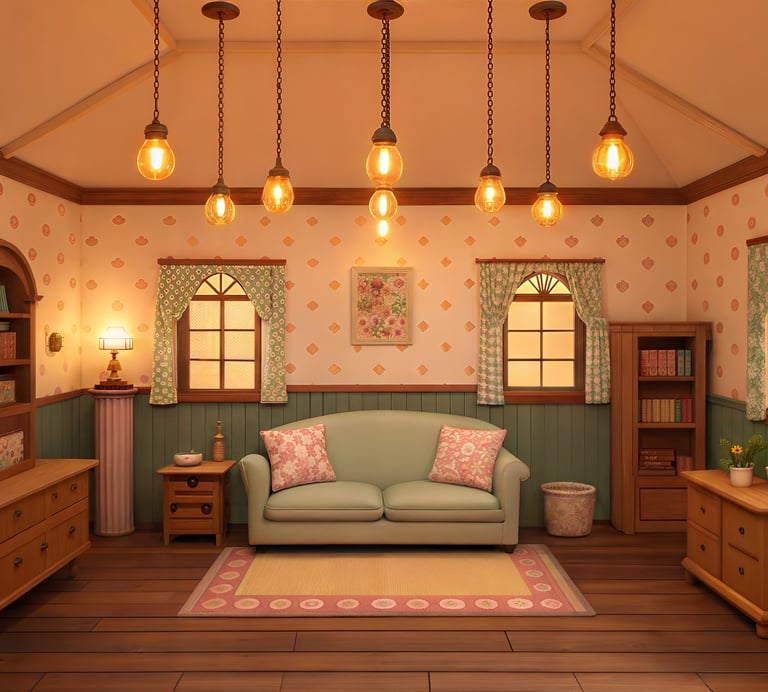

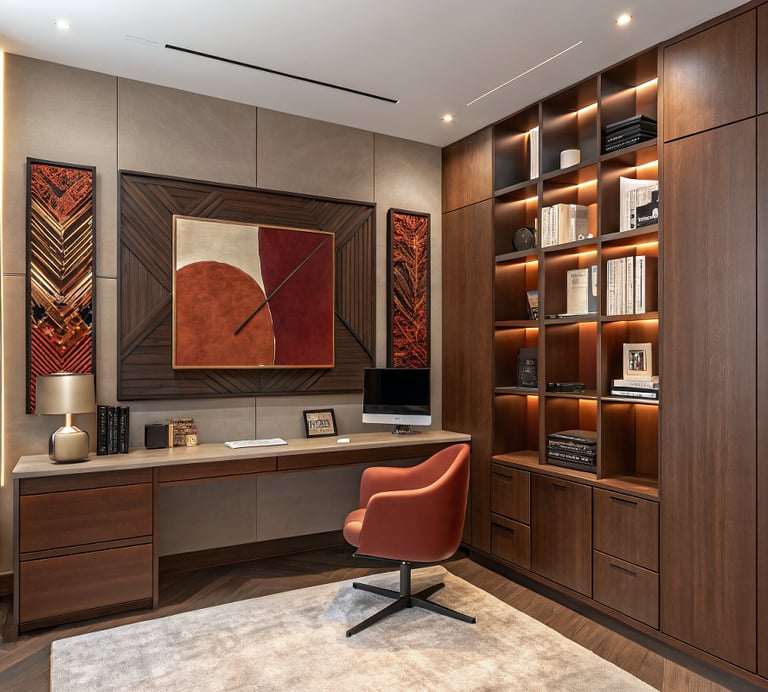

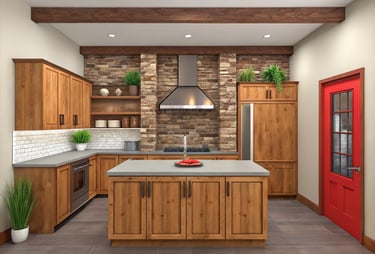

Moreover, the emergence of multi-functional spaces is reshaping the role of individual rooms. Designs that integrate closed-concept elements with the versatility of open layouts can accommodate family activities, social gatherings, and workspace requirements simultaneously. For instance, a living area might blend seamlessly with a home office through strategic layout choices while still providing the option to close off certain sections for privacy when necessary.
"One significant factor influencing this shift is the rise of remote work. As more individuals conduct their professional responsibilities from home, the demand for dedicated workspaces has increased."
Choosing a home design increasingly reflects personal values and lifestyle preferences. Homeowners want spaces that not only serve multiple functions but also resonate with their identity. This personalization may lead to a harmonious blend of open and closed spaces, where each area caters to specific needs while still remaining integrated within the home.
Ultimately, the future of home design is about finding equilibrium. By harmonizing the advantages of open concept spaces with the privacy and purpose offered by closed rooms, homeowners can create environments that enhance their quality of life, reflecting the diverse needs of modern living.
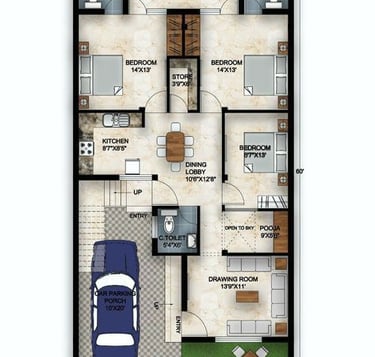

Related Posts
